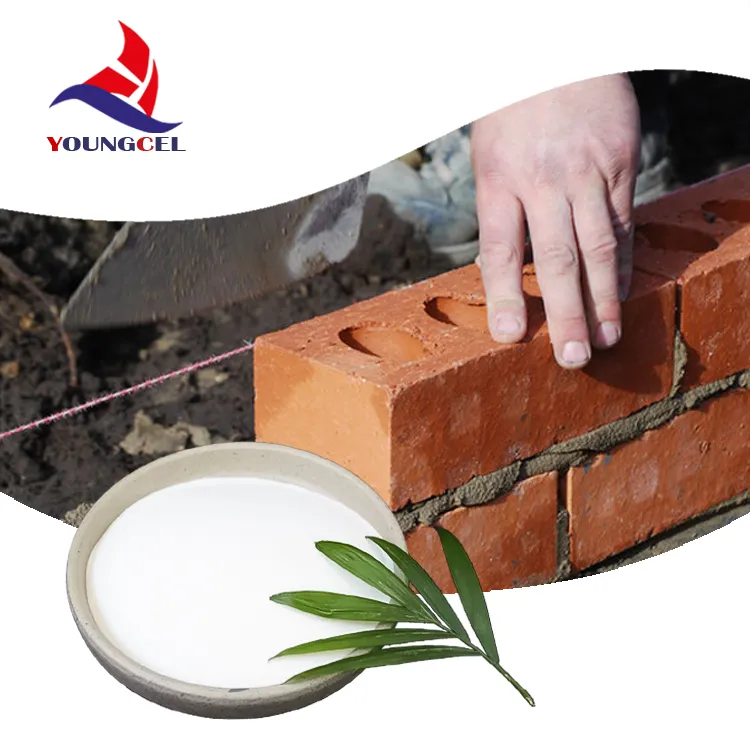The Role of Chemical Composition in Cement Production
Cement is one of the most widely used materials in the construction industry, serving as a binding agent for various structural components. Its efficacy and durability heavily depend on its chemical composition, which influences the physical properties of the final product. Understanding the chemical makeup of cement can provide insights into its performance, environmental impact, and potential for innovation.
The Role of Chemical Composition in Cement Production
Tricalcium silicate (C3S) is particularly important, as it contributes to the strength and early hydration of cement. When cement is mixed with water, C3S undergoes hydration to form calcium silicate hydrate (C-S-H), which gives concrete its strength. Dicalcium silicate (C2S) hydrates more slowly and thus contributes to long-term strength gain, while tricalcium aluminate (C3A) influences the setting time and can lead to rapid strength development in initial stages.
cement chemical

The presence of tetra-calcium aluminoferrite (C4AF) primarily affects the color of cement and slightly contributes to strength gain. However, its impact on setting and hydration is less significant compared to C3S and C2S. The ratio of these compounds can be adjusted to create various types of cements tailored for specific applications, such as high-strength concrete or sulfate-resistant cement.
In addition to the main components, several other chemical factors also impact cement performance. Impurities, such as magnesium oxide, sodium oxide, and potassium oxide, can affect the stability and durability of the cement. For example, high levels of magnesium oxide can lead to expansion and cracking in hardened concrete. Therefore, quality control during the production process is essential to minimize these impurities and optimize the final product's properties.
Moreover, the emergence of alternative materials and methods has encouraged ongoing research into the chemical composition of cement. For instance, the use of supplementary cementitious materials (SCMs) like fly ash, slag, and silica fume not only enhances the mechanical properties of concrete but also reduces the carbon footprint associated with traditional cement production. These materials can partially replace Portland cement, leading to a more sustainable construction practice.
In conclusion, the chemical composition of cement, primarily characterized by its clinker constituents, is critical in determining its performance and application in the construction industry. Understanding these chemical interactions not only aids in developing stronger and more durable materials but also fosters innovation towards more sustainable practices in cement production. As the demand for environmentally friendly construction solutions increases, a deeper understanding of cement chemistry will be vital in shaping the future of building materials.




